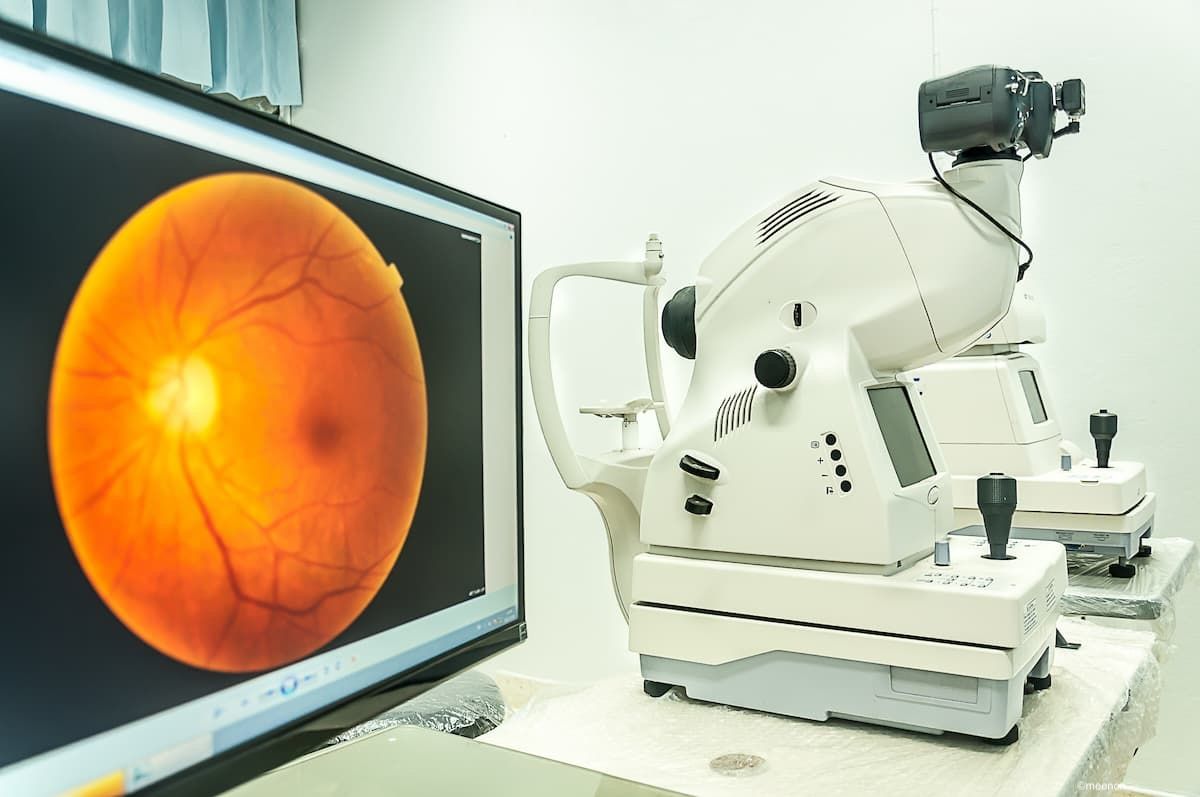Article
Contaminated surgical instruments are primary clue to toxic anterior segment syndrome outbreaks
Inadequate cleansing of instruments and leftover enzyme and detergent residue are the primary culprits in outbreaks of toxic anterior segment syndrome.

He reviewed the results of a study that identified these and other less common factors in such outbreaks. He also listed the steps surgeons must take to eliminate this syndrome altogether, as well as the symptoms and presentation common with TASS.
"TASS is a constellation of symptoms that are often seen within 12 to 48 hours after cataract or any anterior segment surgery," said Dr. Mamalis, professor of ophthalmology, John A. Moran Eye Center, University of Utah, Salt Lake City. "One of the hallmarks of the syndrome is a diffuse [limbus-to-limbus] corneal edema. It is a sign of diffuse damage to the corneal endothelium."
Dr. Mamalis and associates conducted a study to determine the risk factors associated with the development of TASS. They analyzed patient responses to TASS questionnaires that were submitted to the ASCRS Web site ( http://www.ascrs.org/) between 2007 and 2009. In addition to the questionnaire evaluations, a nurse from the TASS taskforce also performed on-site evaluations from 2005 to 2009. The results of the two evaluations were then combined in an effort to determine the cause of the syndrome, he said.
During the study period, 77 questionnaires were submitted, and the numbers of cases of TASS varied from one to 18 per site, Dr. Mamalis recounted. A total of 54 site visits were conducted, and the number of cases also varied. Over the course of the study, 909 cases of TASS developed out of a total of 50,114 cataract surgeries performed at the reporting centers and 367 cases of TASS occurred out of 143,919 procedures performed at those visited.
"Instrument cleaning and processing was by far the most common reason for the development of TASS," he said. "We found this in about 80% of the cases in which we were able to find a specific cause of the syndrome. Factors . . . included inadequate flushing of the phaco and irrigation and aspiration hand pieces, use of enzymatic cleaners and detergents during instrument cleaning, and poor instrument maintenance and processing."
Reusing single-use instruments also was problematic but less so than the other factors, he added.
When the investigators evaluated the questionnaires for products that were used during surgery, they found issues with the mixing of antibiotics that were to be placed in the balanced saline solution (BSS), preserved epinephrine used to maintain pupil dilation intraoperatively that was put into the BSS bottle, agents that were inappropriate for the preparation of the skin preoperatively, and powdered gloves.
In addition, enzymatic cleaners and detergents often are used on instruments. If any of these agents leave a residue on the instruments, it indicates that the instruments have not been adequately flushed. The enzymes, detergents, and surfactants used in these solutions are very toxic to the corneal epithelial cells and those in the anterior chamber in general, Dr. Mamalis said.
"We are really working on emphasizing the importance of adequately flushing the instruments when they are used," he said. "If the instruments can be adequately cleaned at the end of the case so that the residual ophthalmic viscosurgical device and cortex do not dry on the instruments, the need to use enzymes or detergents will be eliminated."
Dr. Mamalis then discussed the steps being taken to prevent outbreaks of TASS, stressing that clinicians must make the switch from a reactive mode to a proactive one.
"A problem that we identified was an absence of product traceability," he said. "We can, for example, trace the source of an IOL by looking at its peel-off label. However, other materials that are used during surgery cannot be traced. Because development of TASS is not recognized until 1 or 2 days postoperatively, we have to track the products indirectly."
He also said that there is underreporting of TASS cases to the registry, as well as poor communication between surgeons, surgical centers, and the TASS taskforce.
Finally, there is no established method to test samples and possible sources of TASS.
"We are working with the FDA to try to find a better way to look at TASS cases," Dr. Mamalis said. "We are forming a formal registry and going beyond our simple questionnaire to patient-level questionnaires that obtain more data. We will also do follow-up questionnaires."
He urged surgeons to go to the ASCRS Web site to report any outbreaks; the taskforce, in turn, will provide a report to help individual hospitals work through the associated problems. The ASCRS Web site also contains instrument cleaning and sterilizing protocols, the questionnaires, and the reports on TASS.

FYI
Nick Mamalis, MDE-mail: nick.mamalis@hsc.utah.edu
Dr. Mamalis has no financial interest in any aspect of this report.





